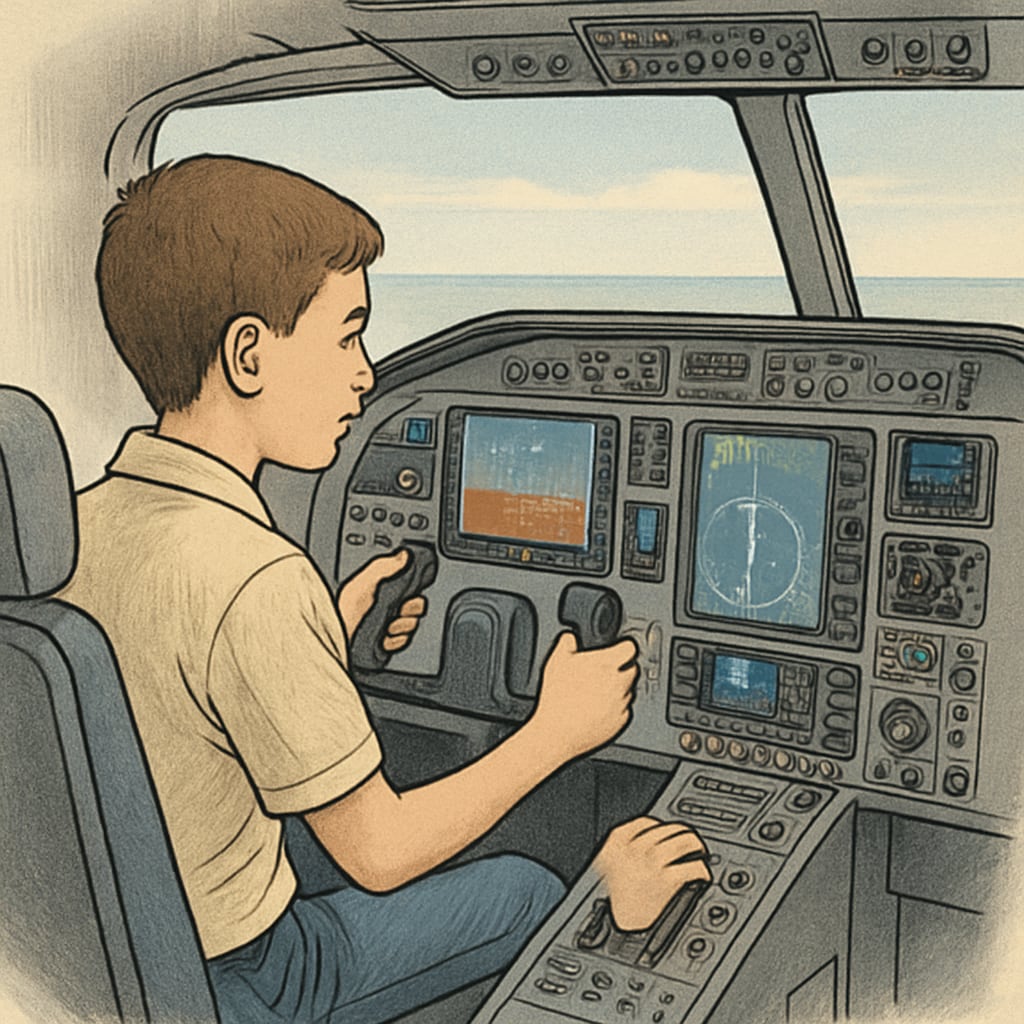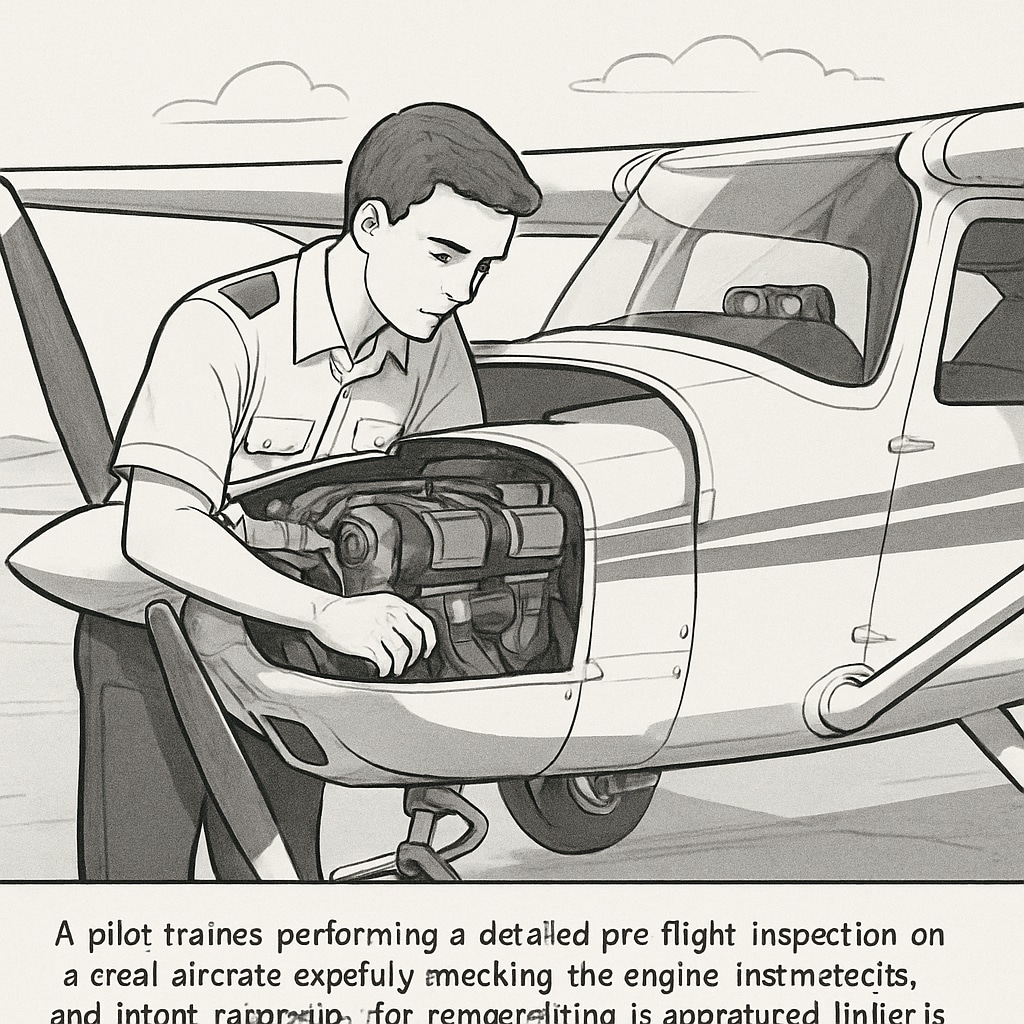Obtaining a Commercial Pilot License (CPL) is a significant milestone for aspiring pilots, but the journey often requires substantial financial support. For students in the K12 stage who dream of flying, early exposure to aviation education can ignite their passion while providing a solid foundation for their future careers. This article will explore how K12 aviation programs can nurture interest, offer practical methods for funding CPL training, and guide families in navigating this exciting path.

Building Aviation Interest in K12 Education
Starting early is key to fostering a genuine interest in aviation. Many K12 schools now offer specialized STEM (Science, Technology, Engineering, and Mathematics) programs that integrate aviation concepts, including aerodynamics, navigation, and flight mechanics. Extracurricular activities such as aviation clubs or model aircraft building further enhance this exposure, allowing students to engage in hands-on learning.
Moreover, partnerships with local aviation organizations or flight schools can provide students with opportunities to visit airports, interact with professional pilots, and even experience introductory flights. These experiences not only fuel their enthusiasm but also help them visualize a career in aviation.
Practical Resources for CPL Training
Once students decide to pursue a CPL, the next challenge is financing their training. Flight school expenses, including tuition, simulator hours, and actual flight time, can be daunting. However, there are several ways to make this journey more affordable:
- Scholarships: Numerous aviation-focused organizations, such as AOPA (Aircraft Owners and Pilots Association) and Women in Aviation International, offer scholarships specifically for CPL training.
- Grants: Some government programs and private foundations provide grants for individuals pursuing careers in aviation.
- Loan Programs: Many banks and financial institutions offer educational loans tailored to flight training, often with flexible repayment options.
- Work-Study Opportunities: Some flight schools provide work-study programs, allowing students to offset costs by working in administrative or operational roles.
Additionally, joining aviation networks or forums can help students and families learn about lesser-known funding opportunities and connect with mentors in the industry.

Steps to Secure Financial Support
To successfully secure financial aid for CPL training, aspiring pilots and their families should follow these steps:
- Research: Begin by exploring scholarships, grants, and loan programs available in your region. Websites like AOPA and Women in Aviation International are excellent starting points.
- Prepare Documentation: Most funding opportunities require detailed applications, including academic records, personal essays, and letters of recommendation.
- Network: Attend aviation expos, seminars, or local events to connect with industry professionals who may guide you toward financial resources.
- Apply Early: Many funding programs have strict deadlines. Submitting applications early can improve your chances of receiving support.
In addition to external funding, some flight schools offer financial aid directly. Prospective students should inquire about installment plans or discounts for early payments.
Conclusion: Turning Dreams into Reality
Pursuing a CPL is undoubtedly challenging, but it doesn’t have to be financially overwhelming. By leveraging K12 aviation education programs, exploring scholarships and grants, and remaining proactive in securing financial support, students can transform their flying dreams into reality. Whether through classroom learning or hands-on experience, the journey begins with passion and determination.
For aspiring pilots and their families, the key lies in careful planning and utilizing available resources. With the right guidance and support, the skies are truly the limit.
Readability guidance: This article uses concise paragraphs, clear structure, and actionable steps to guide readers. Lists and overviews simplify complex topics while maintaining an engaging tone.


